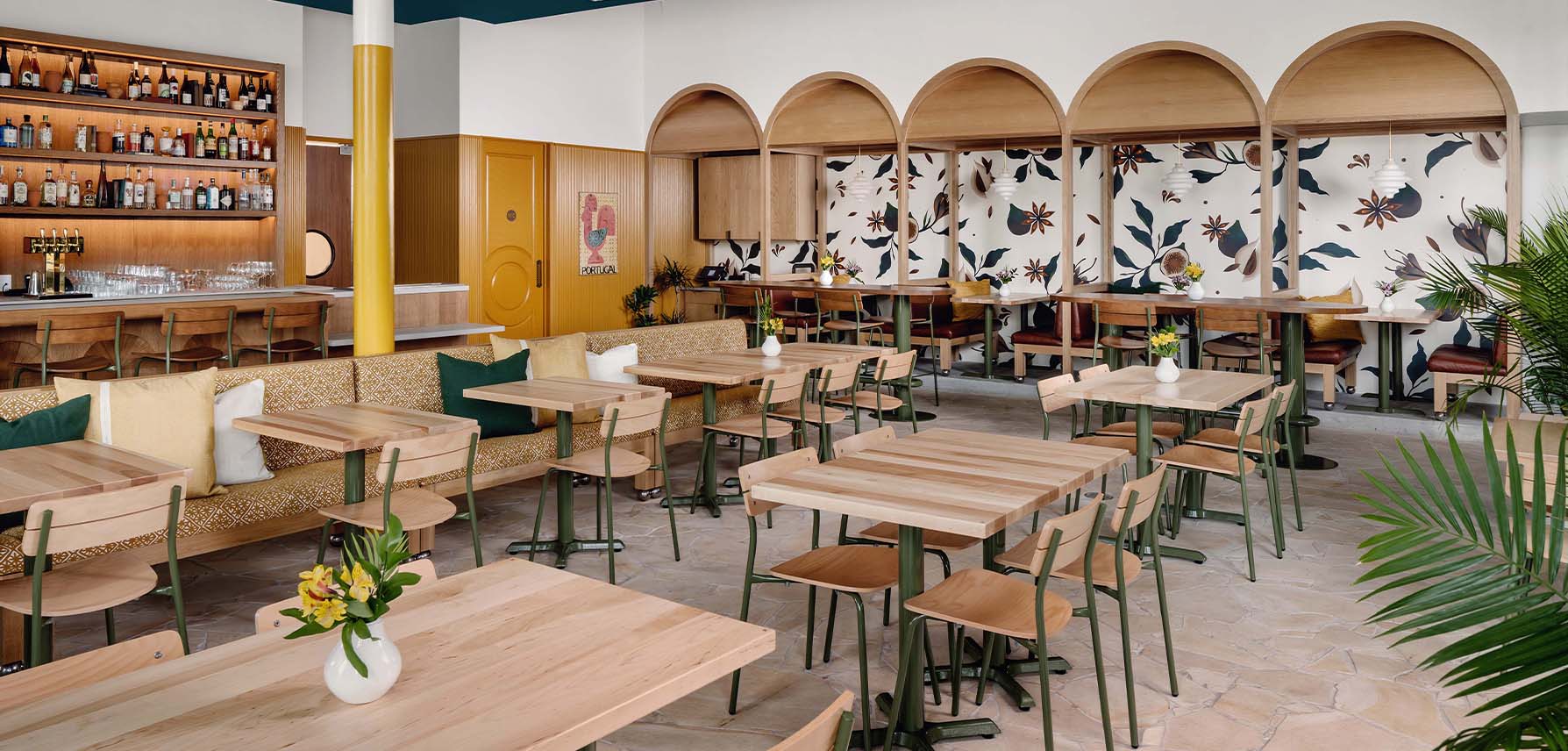Key Factors to Consider Before Buying Restaurant Furniture
When investing in restaurant furniture, owners must consider factors that balance functionality, comfort, and aesthetics. The first step is to understand the type of dining experience you want to create. For example, a fine-dining establishment may require elegant, upholstered chairs and polished tables, while a casual café might prefer lightweight and flexible seating. Durability is also critical, as furniture in restaurants must withstand daily wear and tear. Space planning plays an equally important role; choosing the right sizes ensures comfortable spacing between tables, allowing staff to serve efficiently while maintaining customer privacy. Budget is another factor, as furniture should provide long-term value without sacrificing quality. Finally, consider how easy the furniture is to clean and maintain since hygiene is essential in any food establishment. By evaluating these aspects, restaurant owners can make smart choices that enhance both the dining atmosphere and operational efficiency.
How Restaurant Furniture Impacts Comfort and Customer Experience
The right restaurant furniture directly influences how customers perceive their dining experience. Comfortable chairs with proper support encourage guests to stay longer, relax, and enjoy their meals. On the other hand, poorly designed seating can create discomfort, leading to shorter visits and lower satisfaction. Table height and spacing also play a role in customer comfort, as they affect posture and ease of interaction. Beyond physical comfort, restaurant furniture shapes the overall ambiance. Stylish, well-coordinated pieces make the space more inviting, while cluttered or mismatched furniture can leave a negative impression. Customers often associate comfort and design quality with the standard of service and food, meaning that furniture can impact repeat business. Ultimately, investing in the right restaurant furniture not only improves the dining experience but also boosts customer loyalty, making it a key element in building a successful and welcoming establishment.
Choosing the Right Materials and Designs for Restaurant Furniture
The choice of materials and designs for restaurant furniture affects both durability and style. Wood is a timeless option that adds warmth and sophistication, making it ideal for traditional or rustic dining spaces. Metal, on the other hand, offers strength and modern appeal, fitting well with industrial or contemporary themes. Upholstered chairs bring comfort and elegance but may require more maintenance, while plastic or resin options provide affordability and easy cleaning for high-traffic areas. In terms of design, the furniture should align with the restaurant’s concept—sleek, minimalist pieces for modern settings or ornate designs for luxury dining. Color and finish selection also contribute to the overall atmosphere, whether it’s vibrant and energetic or calm and refined. By carefully choosing the right combination of materials and designs, restaurant owners can create a stylish yet functional dining environment that leaves a lasting impression on customers.
Tips for Matching Restaurant Furniture with Your Interior Theme
Restaurant furniture should seamlessly integrate with the overall interior design to create a cohesive dining atmosphere. For modern restaurants, sleek furniture with clean lines and neutral tones works best, while rustic spaces benefit from wooden chairs and tables with natural finishes. Industrial-themed restaurants often pair metal frames with reclaimed wood, while upscale venues lean toward upholstered seating with elegant detailing. Color coordination is equally important; matching furniture to wall tones, lighting, and décor creates visual harmony. Functionality should not be overlooked—furniture must suit the restaurant’s layout without making the space feel crowded. It’s also wise to consider your target audience; younger customers may appreciate bold, trendy designs, while families may prefer comfortable, practical seating. When chosen thoughtfully, restaurant furniture not only enhances the interior theme but also strengthens the brand identity, helping create an inviting environment that resonates with guests.
Conclusion
Selecting the perfect restaurant furniture goes beyond aesthetics—it’s a crucial decision that defines your restaurant’s comfort, ambiance, and identity. The right furniture should balance durability, functionality, and visual appeal, ensuring that each piece contributes to an enjoyable dining experience. Quality materials and thoughtful design choices reflect your restaurant’s personality, while proper spacing and layout enhance both comfort and service efficiency. Matching furniture with your interior theme further strengthens your brand image and creates a welcoming environment that resonates with your target audience.
Ultimately, well-chosen restaurant furniture is an investment in your business’s success. It not only enhances the look and feel of your space but also improves customer satisfaction and encourages repeat visits. By prioritizing style, comfort, and longevity, restaurant owners can create a dining atmosphere that leaves a lasting impression—transforming every meal into a memorable experience.

 Entertainment3 months ago
Entertainment3 months ago
 Entertainment3 months ago
Entertainment3 months ago
 Celebrity2 months ago
Celebrity2 months ago
 Celebrity2 months ago
Celebrity2 months ago
















